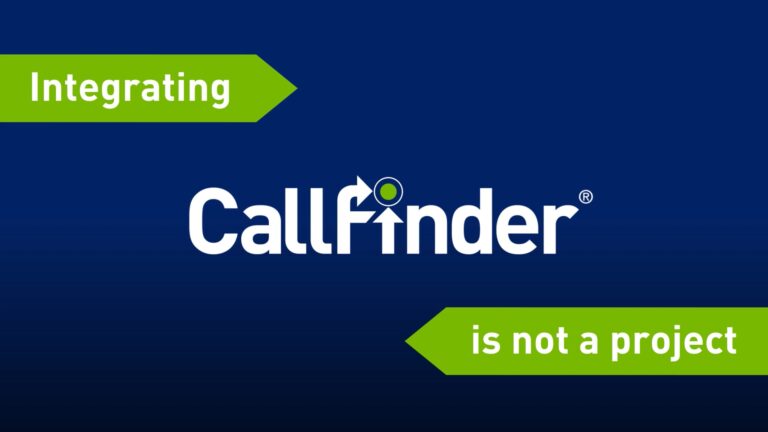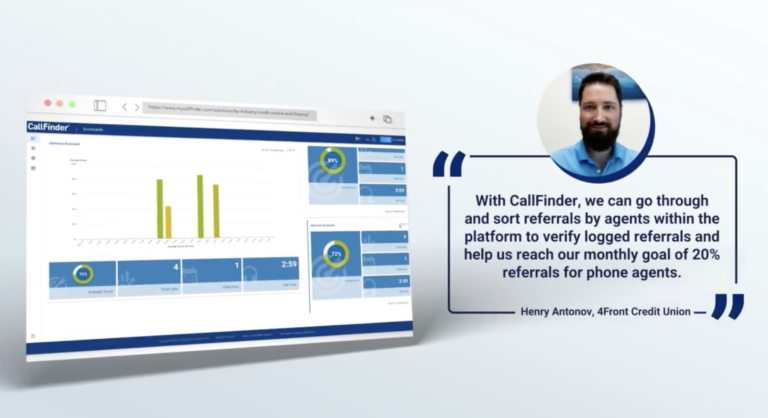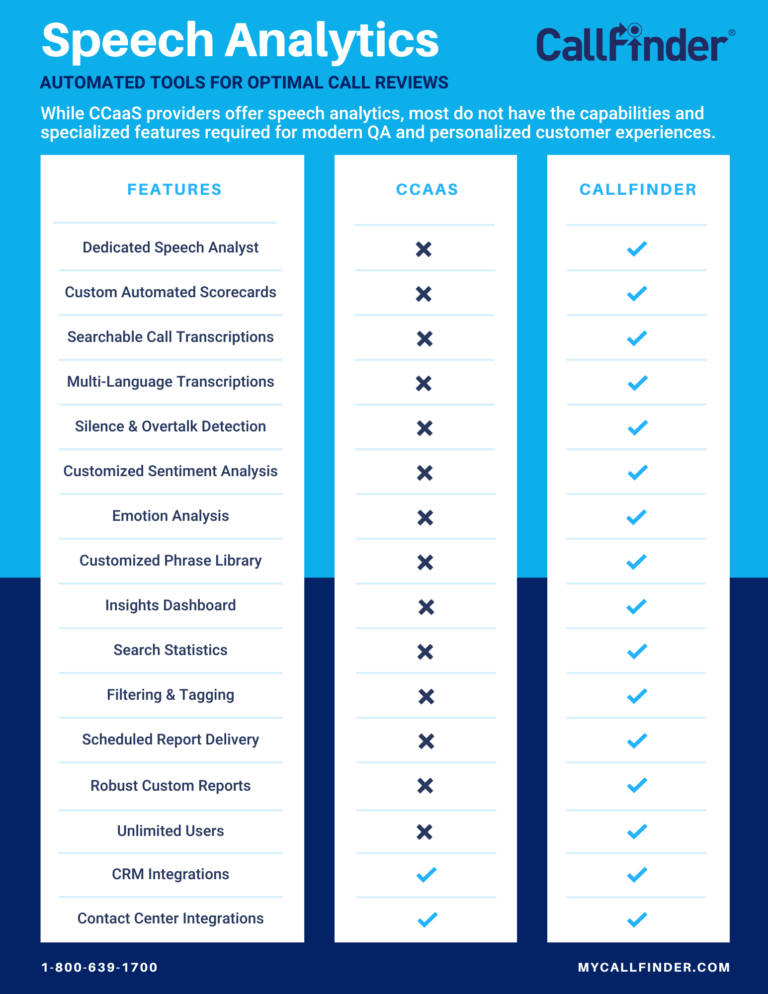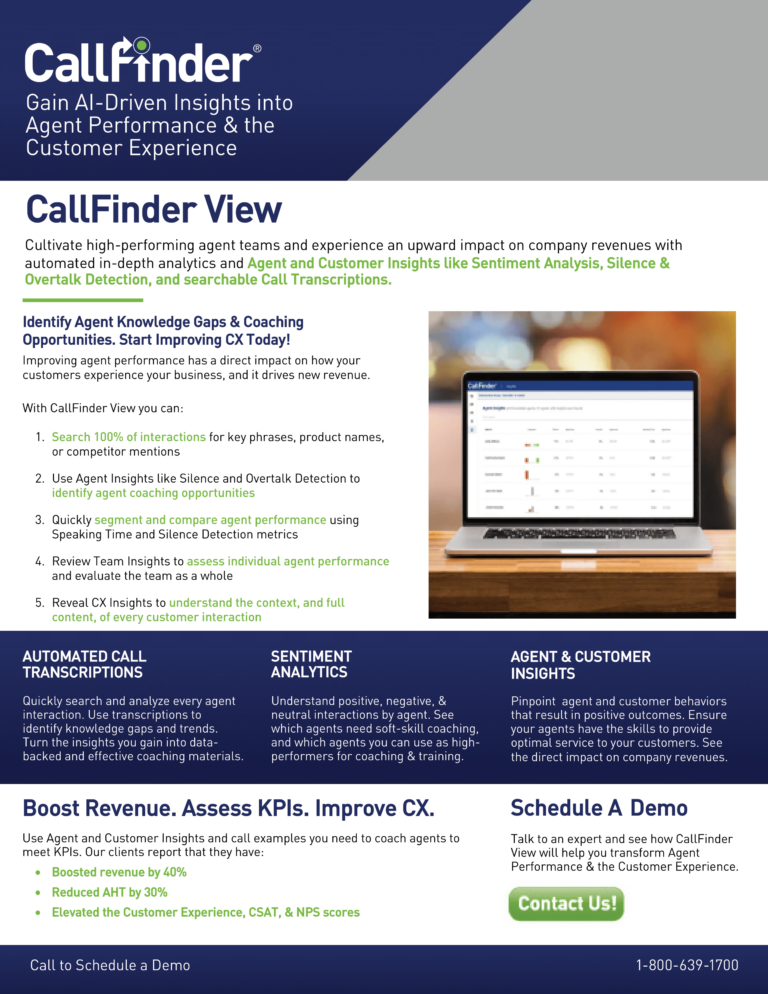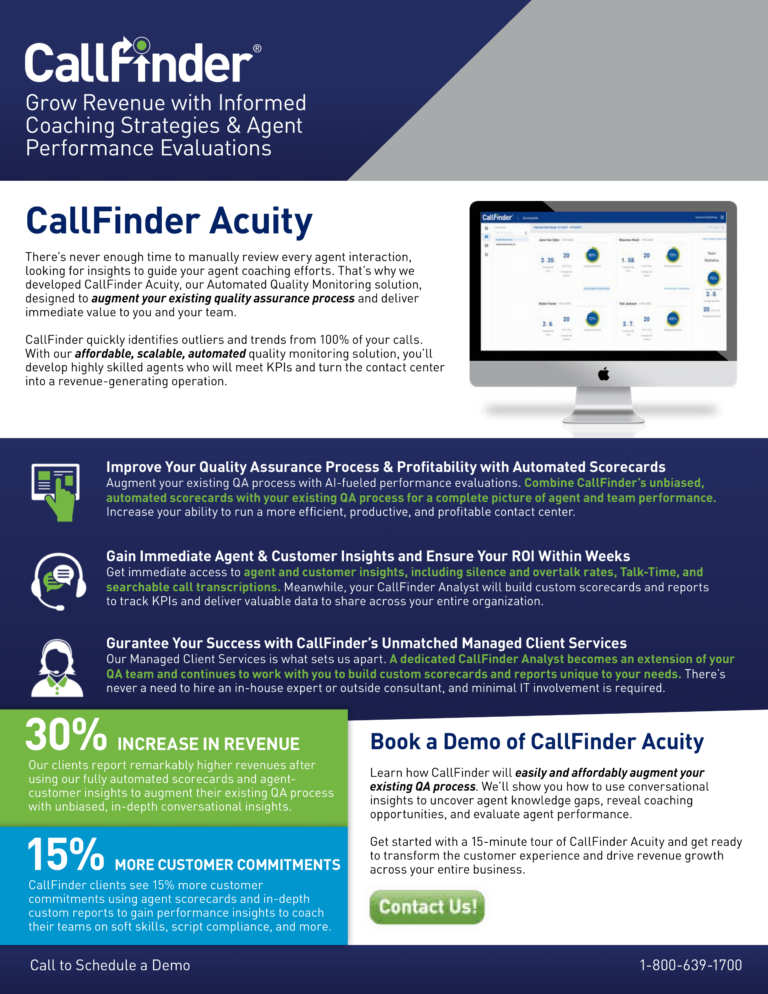Real-time coaching sounds like a no-brainer. Picture an on-screen suggestion popping up the moment an agent slips, ready with the perfect coaching tip to get the call back on track. Vendors promise instant improvement, happier customers, and smoother operations. Look closer, and a different story emerges: handle times grow, queues back up, and agents begin to sound robotic.
Six drawbacks of real-time speech analytics and the supporting reasons post-call speech analytics often serve the contact center, the customer, and the bottom line more effectively.
1. Longer Calls and Longer Wait Times
An NPR report documented a five-fold increase in average wait times after live prompts were introduced in an emergency-dispatch setting (Oregon Public Broadcasting, 2022). Interruptions break the natural flow. Once prompted with a real-time cue, agents have to pause, read, and rephrase, and those added seconds pile up. The result is jammed queues and customers who disconnect, literally and figuratively.
2. Script Fatigue
Sixty-nine percent of customers say service improves when the agent does not sound like they are reading from a script (Oregon Public Broadcasting, 2022). Live prompts distract and steer agents toward rigid wording, so calls feel inauthentic. The human connection, often the only factor keeping a caller loyal, disappears the moment a customer senses they are talking to a prompt instead of a person.
3. “Helpful” Interruptions That Hurt Efficiency
Each on-screen cue adds cognitive strain, and these pauses create an unnatural conversation flow. The agent stops, processes, pivots, and loses focus on the caller’s real need. Pair that with staffing shortages, and KPI targets become nearly impossible.
4. One-Size-Fits-All Feedback
Real-time guidance relies on a pre-baked prompt that analyzes a narrow portion of an interaction in real time. Post-call analytics lets supervisors study the entire interaction, note context, and deliver holistic and detailed coaching that agents can absorb without the pressure of a live call.
5. Missed Customer Signals
While a real-time pop-up diverts the attention of an agent, the hesitation, relief, or dissatisfaction of the customer is ignored in place of a narrow slice of analysis that the agent is expected to digest in real time. Post-call emotion and sentiment analysis captures tone, pace, and sentiment across the entire call, revealing patterns a live prompt cannot detect and allowing the agent to focus on what is most important: the customer. Conversations move fast. Ask the right question at the right moment, and you could lock down the biggest sale of the year or turn an upset customer into a satisfied one. Miss it and you risk losing the sale and leaving the customer with a bad impression.
6. Agent Experience Suffers
Pop-ups can feel like micromanagement. From the agent’s perspective, anxiety rises, morale tanks, and turnover increases. Calls reviewed after the fact offer a safer learning space. Agents can replay moments, ask questions, and practice improvements without a flashing prompt watching every word.
The Smarter Path: Speech analytics that is context-driven, finely tuned, and helps the agent focus on the customer.
Contact centers need better clarity, not more noise. CallFinder’s post-call analytics delivers:
Targeted coaching, on schedule: Leave timestamped feedback, track action items, and document every one-on-one from a single dashboard.
Human-tuned accuracy: Our analysts refine and customize every feature for every customer, eliminating the “hallucinations” and pre-baked nature of an AI-only solution.
Automated, shareable reports: Scorecards and summaries land in your inbox ready for quick wins, compliance checks, and executive roll-ups.
Built-in performance monitoring: Coaching notes, agent acknowledgments, and progress metrics all in one place, turning feedback into lasting improvement.
Conclusion
With CallFinder, post-call insight becomes a comprehensive coaching engine—fast communication, accountable follow-through, and context-rich analytics that raise performance without adding complexity.
Real-time tools can help brand-new agents in tightly controlled contact center environments. For most teams, the drawbacks outweigh the hype. Post-call analytics offers better performance gains without the hidden costs that undermine customer service.
Give agents space to focus on the caller first and reflect on the interaction afterward with the help of management. Productivity rises, queues shrink, and customers notice the difference.
References:
NPR Article: Callers find it is taking longer to get emergency services in Portland, Ore.

